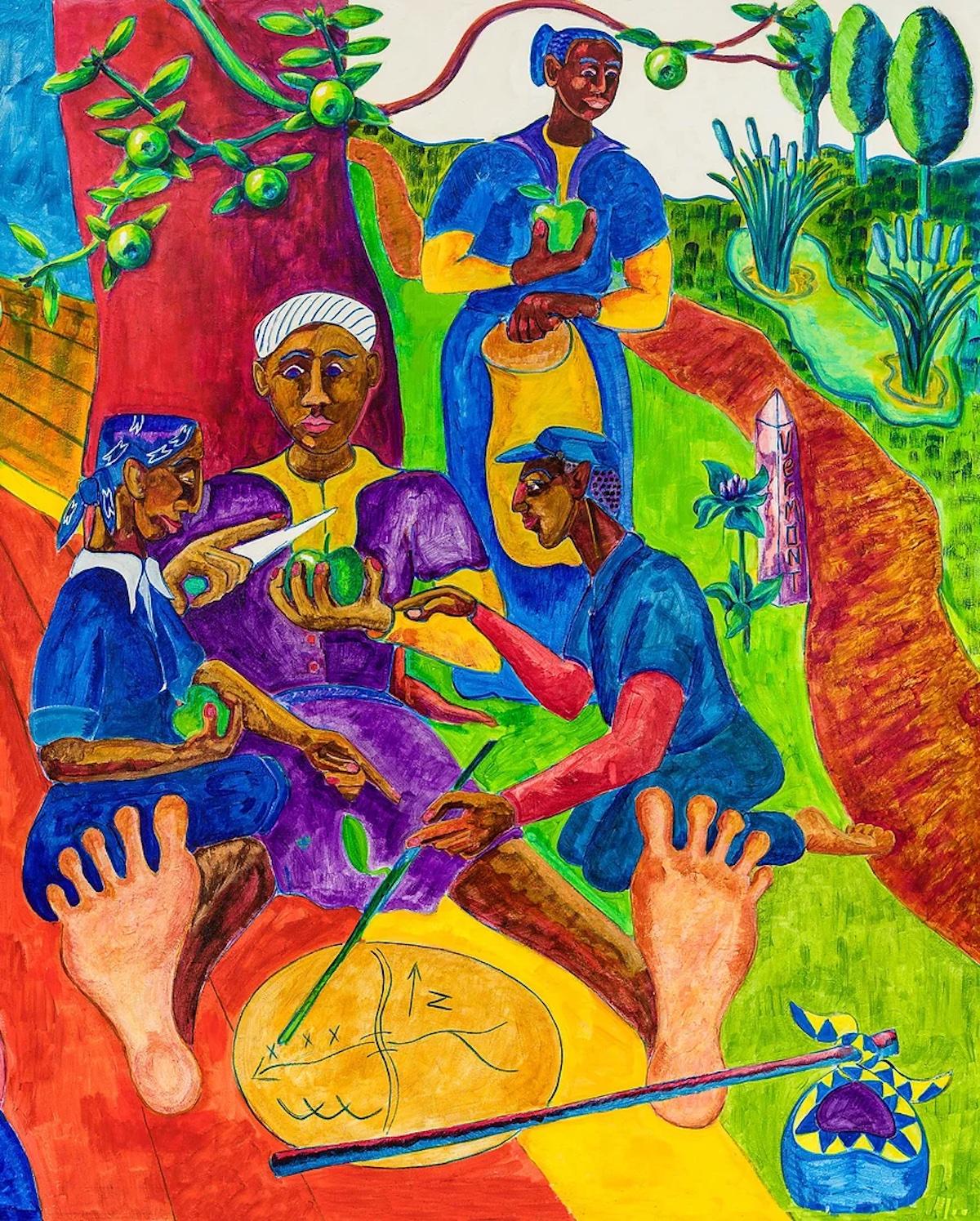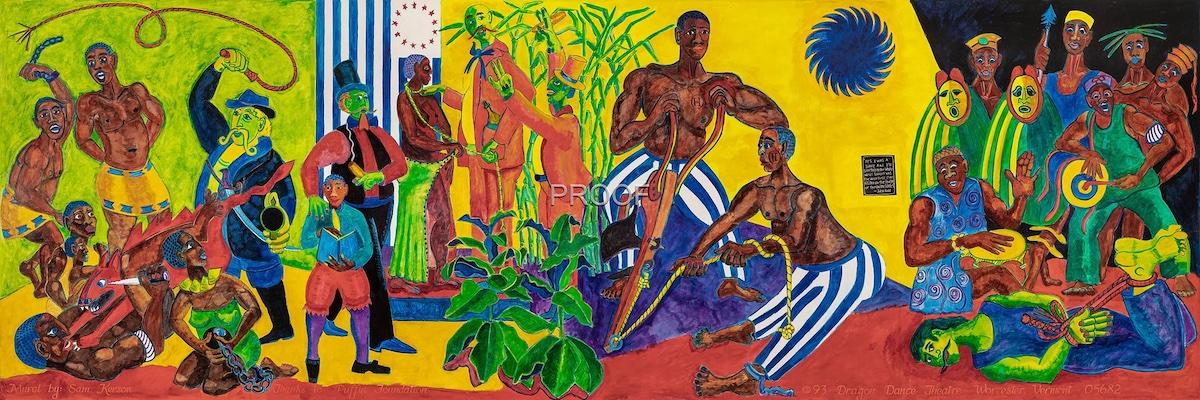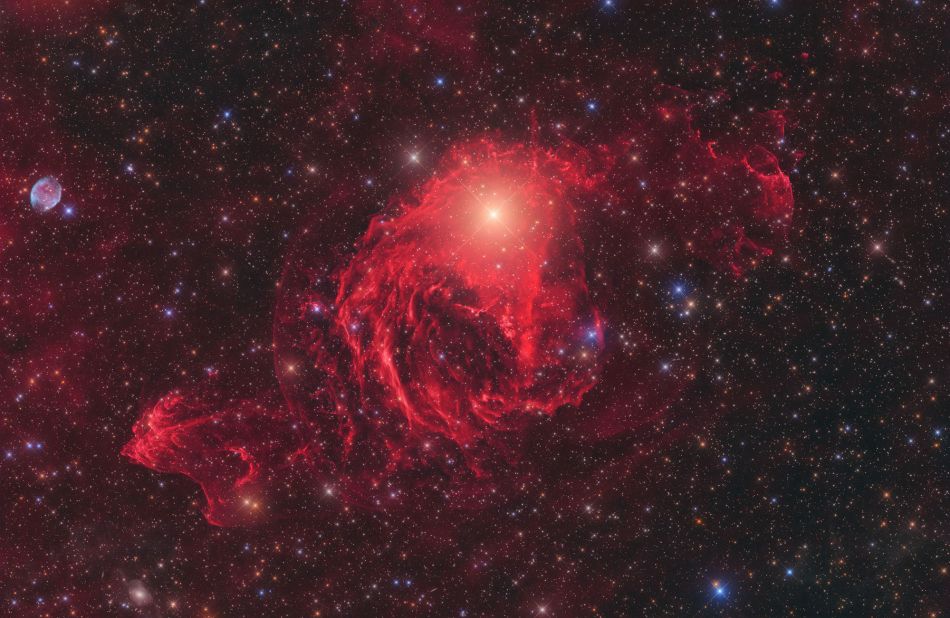Vermont Law School Secures Legal Victory
In a recent ruling, a U.S. federal court upheld Vermont Law School decision to conceal two murals that it deems offensive. Artist Samuel Kerson created these murals, portraying the slave trade and Vermont’s involvement in the Underground Railroad.
Judge Debra Livingston’s Perspective on Vermont Law School Art and Controversy
U.S. Circuit Chief Judge Debra Livingston authored the court opinion, indicating that due to the murals’ contentious nature, the law school constructed walls around them, shielding them from public view. Kerson filed a lawsuit, asserting that the school violated his rights under the Visual Artist Rights Act (VARA) of 1990 by obscuring his work. Nevertheless, Judge Livingston’s opinion emphasizes that the law does not mandate the unconditional preservation of art without considering the rights of others.
Origin and Evolution of the Vermont Law School Murals
The murals, intended for Vermont Law School’s Jonathan B. Chase Community Center in 1993, aimed to honor Vermont’s role in the Underground Railroad and its fight against slavery. Named “The Underground Railroad, Vermont and the Fugitive Slave,” the mural consists of eight scenes chronicling the history of American slavery.

From Acclaim to Controversy: A Changing Narrative
Initially praised upon their unveiling, the murals faced controversy as early as 2001. Vermont Law School received complaints from the community, expressing discomfort with the depiction of Black individuals. By 2013, viewers criticized Kerson’s portrayal of enslaved Africans, citing a cartoonish and racially insensitive style reminiscent of offensive caricatures.
Efforts to Resolve the Conflict
In response to the complaints, VLS added plaques next to the murals in 2014. However, after the 2020 George Floyd protests, calls to remove the murals intensified. Over 100 students, alumni, faculty, and staff signed a petition demanding the replacement of the murals.
Navigating the Intersection of Law and Artistry
While initially considering painting over the murals, VARA’s limitations prevented VLS from modifying the work without Kerson’s consent. Kerson attempted, with carpenters’ assistance, to remove the mural himself, but the endeavor proved unfeasible. As a compromise, the school opted to conceal the mural behind fabric-cushioned panels.
Artists’ Rights and Their Interpretation
Kerson, dissatisfied with the notion of permanent concealment, invoked his rights under VARA to prevent what he perceived as the “destruction” of the murals. However, the court’s ruling favored Vermont Law School, asserting that their actions did not align with the notion of destruction that VARA aims to prevent.
Looking Ahead: The Path Forward
The court’s decision does not exclude the possibility of Vermont Law School and Kerson reaching a mutual understanding. The ruling hints at the potential for an agreeable arrangement, allowing for the murals’ removal from the school while preserving their status as artistic expressions. This underscores the intricate interplay between art, legal frameworks, and interpretation.


